An ancient folk craft tradition floats across time and still soars to new heights, Cheng Yuezhu reports.
Editor's note: Traditional arts and crafts are supreme samples of Chinese cultural heritage. China Daily is running this series to show how master artisans are using dedication and innovation to inject new life into the heritage. In this installment, we explore how traditional kite-makers give flight to their creativity today.
Many people hold at least one memory of a kite from their childhoods — be it a simple yet classic diamond or a colorful bird-shaped kind with vividly flapping wings.
It could be a sunny spring day in a pastoral landscape with family members. As the wind picks up, the flyer runs as fast as they can, until the kite ascends high into the sky and dances in the air.
The kite that Yang Hongwei, 58, from Yangjiabu village in Shandong province's Weifang, remembers, however, is slightly different. It was a gigantic dragon-headed centipede that stretched for 360 meters and took dozens of people to fly.
READ MORE: A soaring success
That was at the third Weifang International Kite Festival in 1986. To celebrate their village's legacy of crafting kites, her grandfather, Yang Tongke, and uncle, Yang Qimin — both master kite-makers — boldly envisioned and created a model 10 times bigger than any they'd ever made.
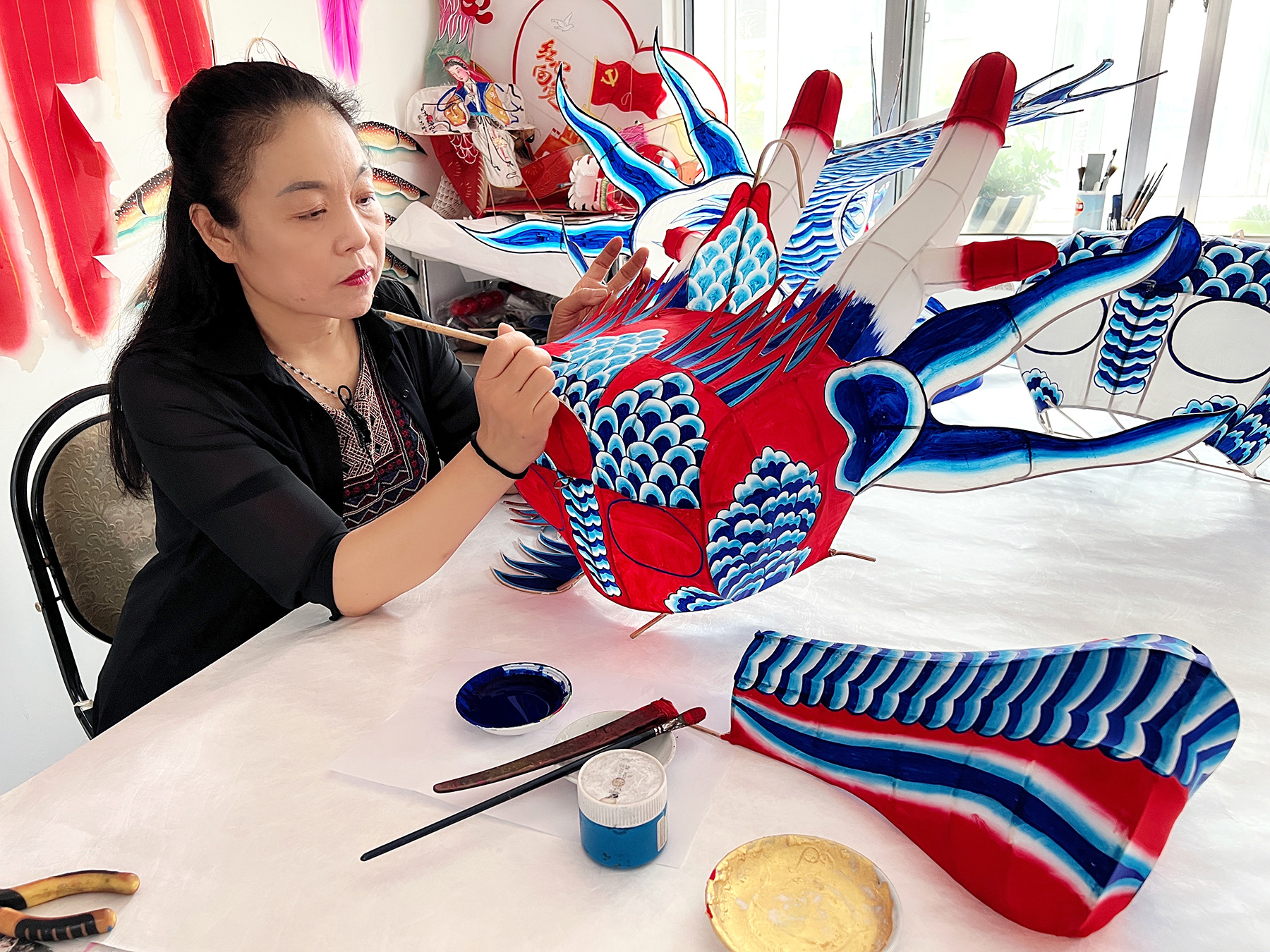
Weifang is renowned as the "world capital of kites", and Yangjiabu village has long remained at the heart of local production.
Yang Hongwei, who was born to a family of artisan kite-makers in the village, became a national-level representative inheritor of Weifang kite-making techniques this year.
"Here in Weifang, we have a saying, 'there's nothing you can think of that can't fly'. We have the ideal wind conditions, and so many kite lovers, top-notch artisans and different kinds of handmade kites," she says.
Yangjiabu is small enough to qualify as a village, yet is home to two national-level intangible cultural heritage items — kites and Yangjiabu New Year pictures, a type of traditional woodblock printing used to decorate people's homes during Spring Festival.
Both art forms emerged in Yangjiabu in the Ming Dynasty (1368-1644) and prospered in the Qing Dynasty (1644-1911).
"Our kites' decorations draw inspiration from the New Year pictures, so each one carries its own story and auspicious connotations," Yang Hongwei says.
She brought a variety of representative Weifang kites to the recent 37th International Kite Festival in Berck-sur-Mer, France, including a dragon-headed centipede kite with images of 100 children, which are often depicted as the subjects of local New Year pictures.
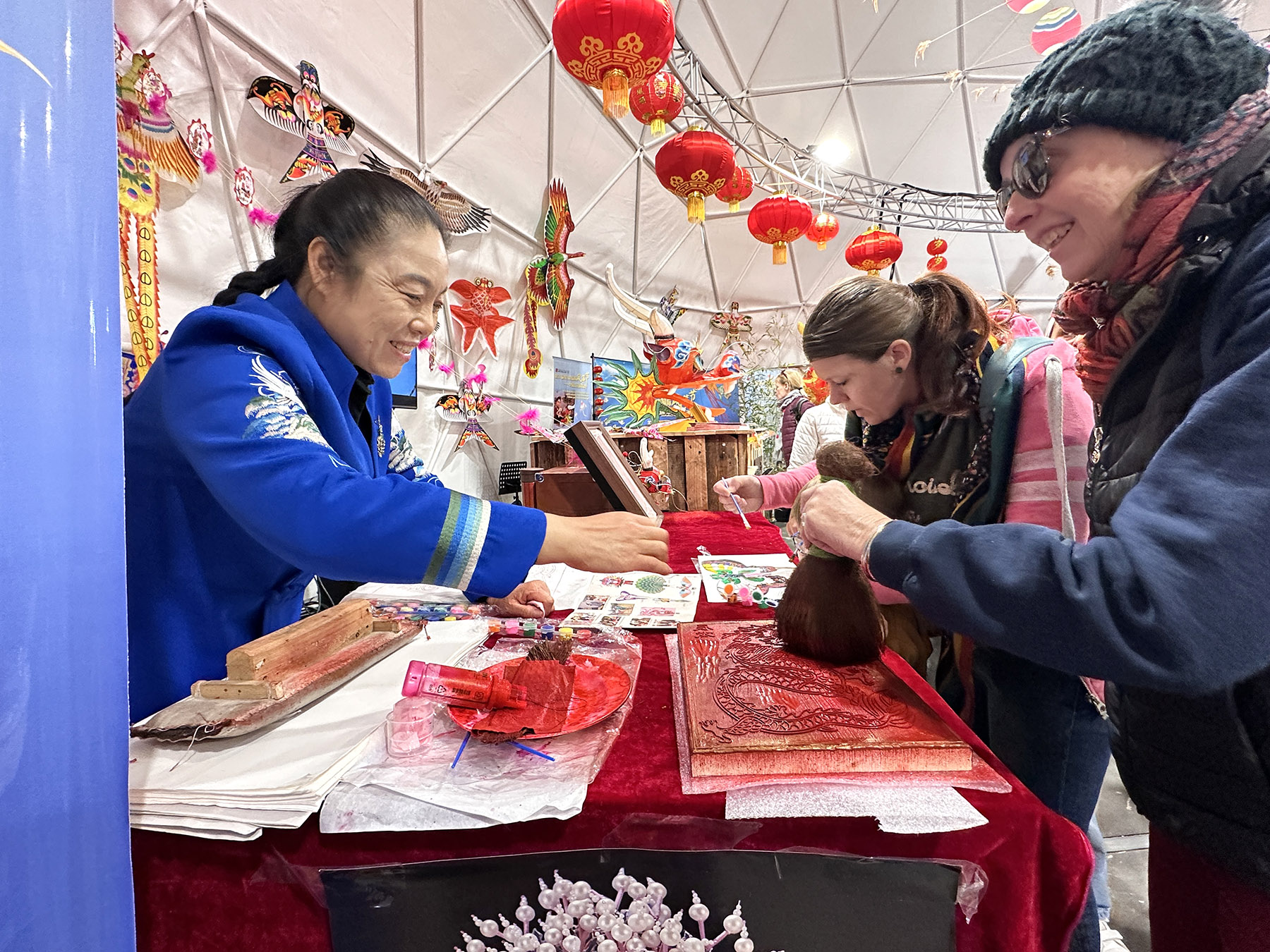
The kite features a dragon head with a body and tail fashioned from around 50 discs, each of which is hand-painted with images of children, carrying wishes for longevity, wealth, prosperity and other blessings.
"Throughout history, kites have been close to people's daily lives and influenced by folk traditions," says Ma Zhiyao, a professor at Tianjin University who specializes in folklore and intangible cultural heritage.
"They have not only become embedded in folk culture but also provided entertainment and physical activity. This heritage has been passed down, demonstrating the enduring vitality of Chinese civilization."
Kites' origins can be traced back to the late Spring and Autumn Period (770-476 BC), with historical accounts attributing their invention to the philosopher Mozi, who spent three years crafting a wooden hawk, which is considered a prototype for today's kites.
Later, master carpenter and engineer Lu Ban made improvements by substituting wood with bamboo.
Kites are considered one of the earliest forms of aircraft. Ancient books recorded their functions in aerial reconnaissance and transmitting military intelligence.
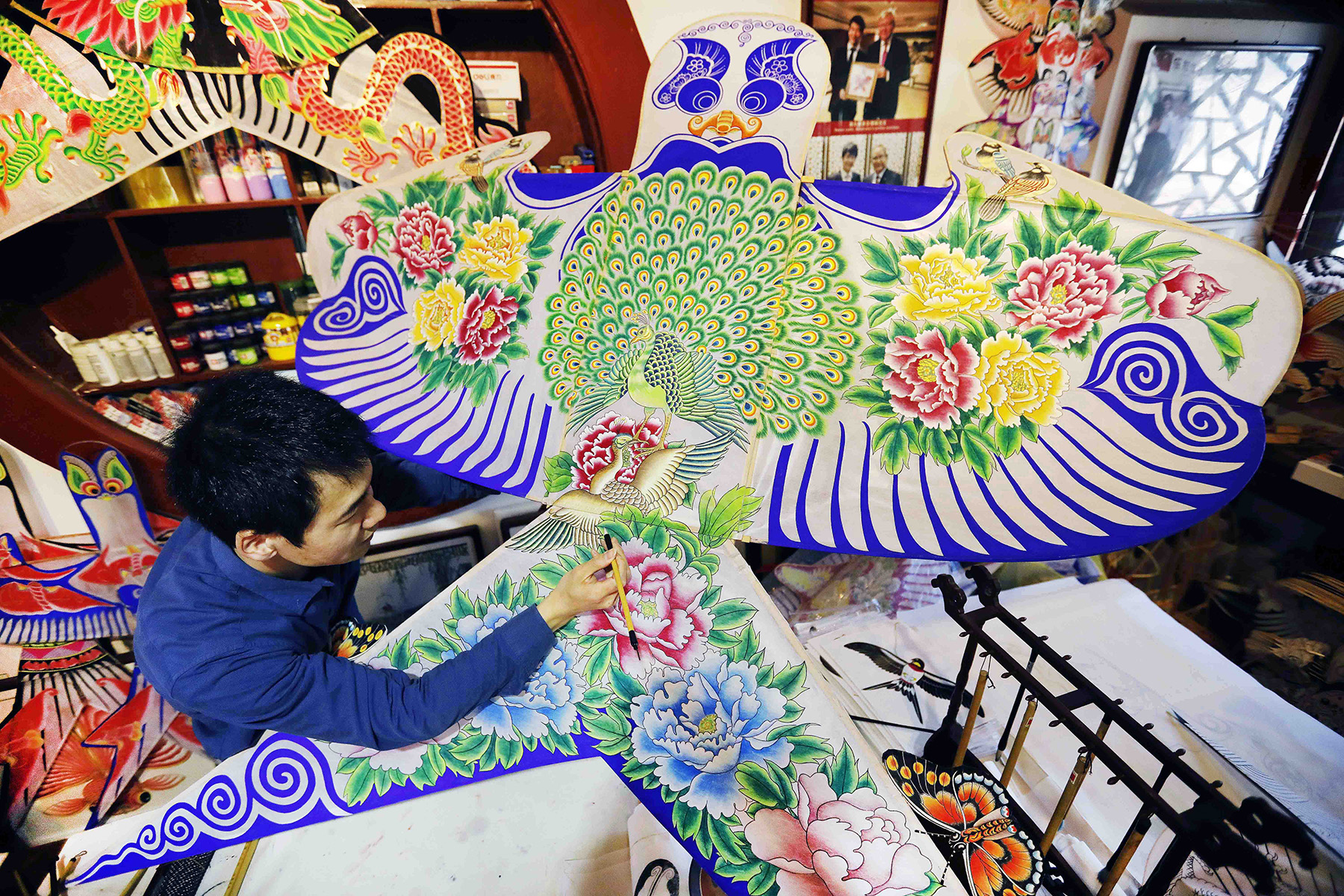
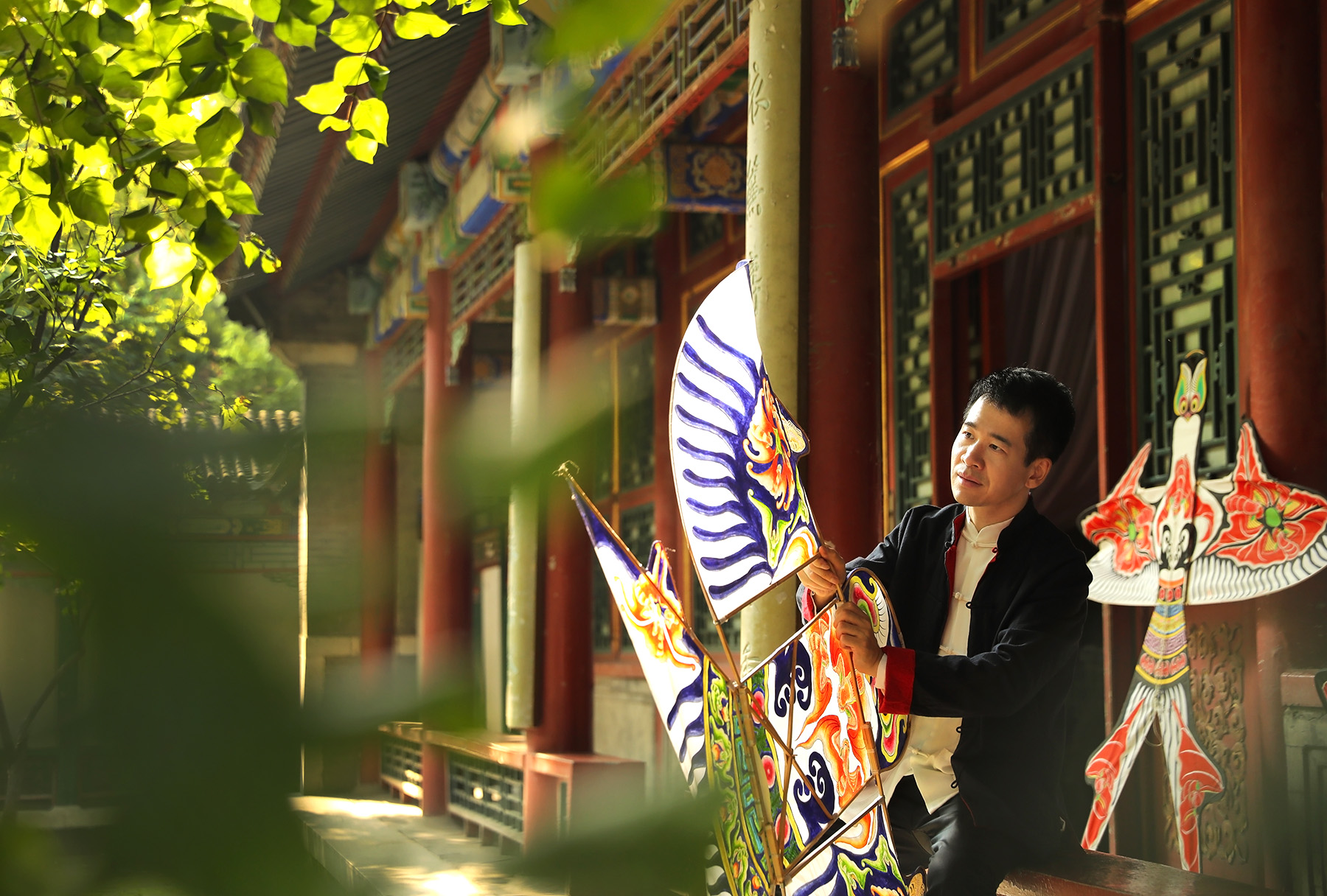
During the Eastern Han Dynasty (25-220), inventor Cai Lun improved papermaking techniques, leading to the invention of "paper hawks", which resembled kites as we know them today.
"Kites' origins reveal the remarkable ability and creativity of ancient Chinese to imitate nature and explore its mysteries," Ma says.
"They observed birds and thought of using wood and paper to make objects that could soar in the sky. They were driven by curiosity and a spirit of scientific exploration to understand and harness the power of wind."
During the Tang Dynasty (618-907), the relative stability and prosperity made paper more affordable, and kites truly became part of people's lives.
As kite-making techniques became more refined, varieties adorned with imagery and that produced sound effects were developed.
This period gradually also saw kite flying becoming a custom during festivals. Late Tang-era poet Luo Yin wrote a poem about kite flying on the Cold Food Festival, which then fell directly before the springtime Tomb Sweeping Day and was later merged with it.
The custom was popularized in the Song Dynasty (960-1279). By the Ming and Qing dynasties, significant progress was continuing in design, style, production, decoration and flying skills.
"Many literati liked to make silk kites as gifts for their families and friends. They'd carefully select refined materials and then paint the silk cover by hand. These kites were exquisite and lasting," Ma says.
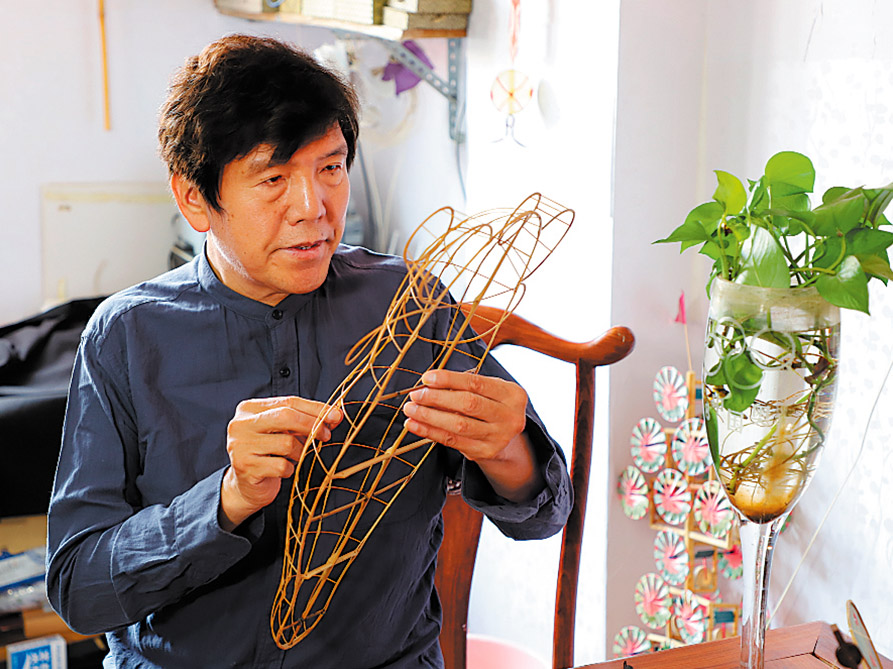
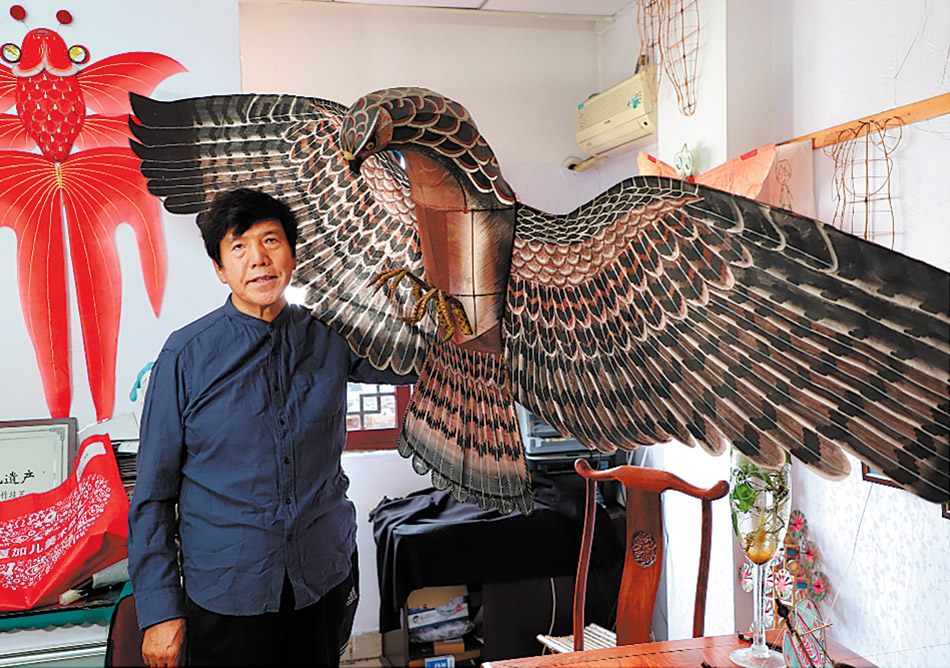
Novel development
One of history's most famous kite lovers is Cao Xueqin, a literary giant of the Qing Dynasty who wrote the seminal novel, Dream of the Red Chamber. In the book, kite flying was portrayed as a pastime of the genteel protagonist family and was also used as metaphors for the characters' destinies.
In the book's 70th chapter, a main character suggests kite flying to "let go of bad luck" — a belief traditionally associated with kites.
"In the past, when it came to Cold Food Festival and Tomb Sweeping Day, kite flying was considered a key custom," Ma explains.
"After making sacrifices to ancestors, people would fly kites, which on one hand expresses thoughts about family members and on the other lets go of all unhappiness and ill omens."
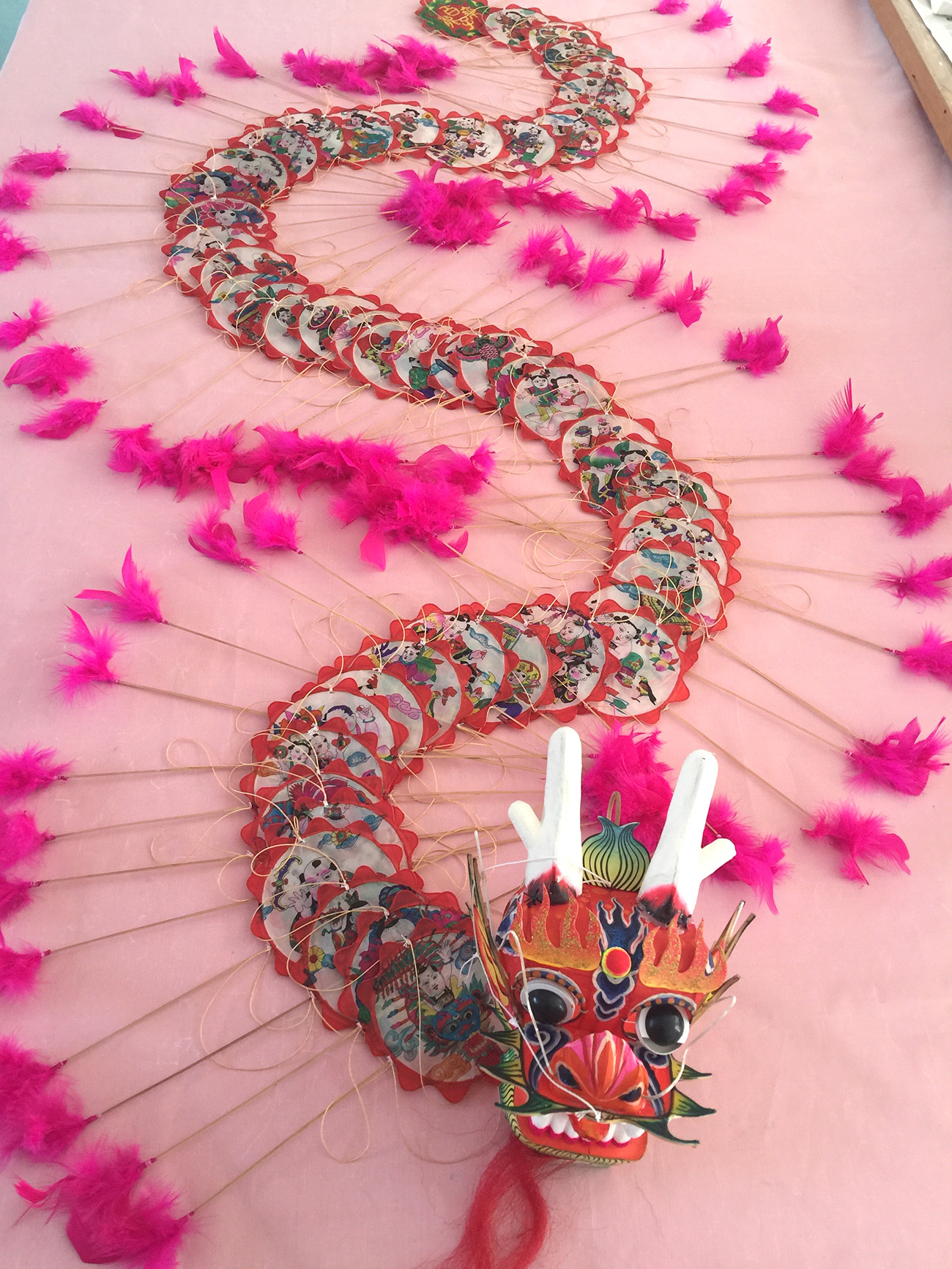
And on Dragon Boat Festival, which was traditionally believed to be the most poisonous day of the year — with mosquitoes and flies breeding in large numbers, as well as various bacteria multiplying in summer — people would fly kites, representing the shaking off of misfortune, so that family members could live long and healthy lives, Ma adds.
Cao wrote another book in his later years that compiled the kite-making techniques of both southern and northern China, recording the skills of kite making and flying, using mnemonic rhymes and illustrations to help readers understand and remember these techniques.
"When Cao wrote the book, his main wish was to help people with disabilities or otherwise struggling financially to acquire a skill, so they could support themselves," says Miao Bogang, 43, a representative inheritor of "Cao's kites".
The book, however, was only privately collected and withdrawn from circulation until 1943, when Kong Xiangze, who was then a student of painting and sculpture, was assigned by his teacher to transcribe a borrowed manuscript, which turned out to be Cao's work on kites.
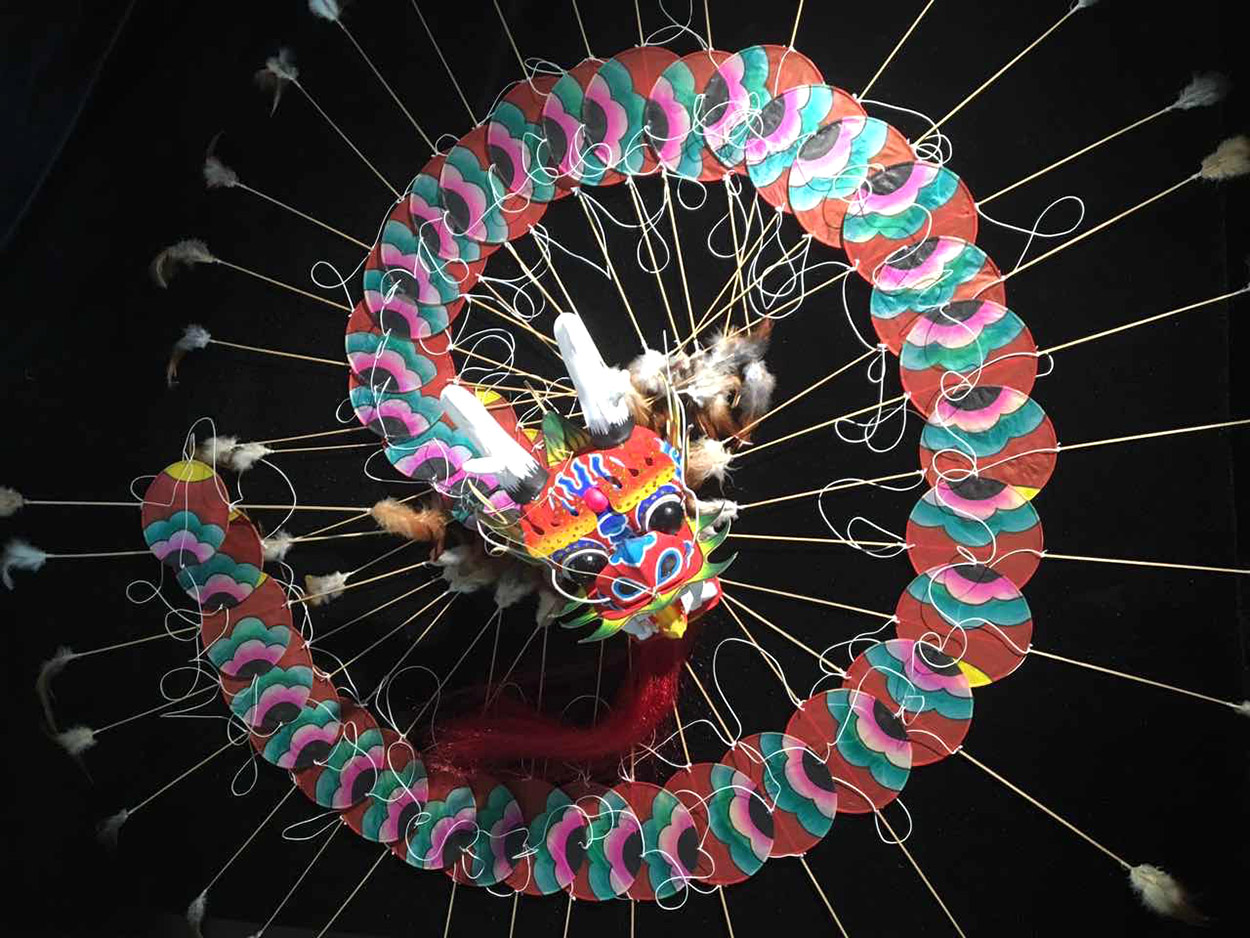
Due to time limits, Kong only managed to make records of 14 of the 43 varieties in the book, and later spent decades working on restoring and refining these techniques, which he named "Cao's kites".
Miao was a kite-making enthusiast in his teenage years and was introduced to Kong Lingmin, son of Kong Xiangze and an inheritor of "Cao's kites", who recognized Miao's talent and diligence, and took him in as an apprentice.
"I've followed him in studying 'Cao's kites' for more than 20 years, during which time I've come to truly understand the techniques for making, and the principles of flying, kites, as well as Cao's humanitarian spirit when he wrote this book," Miao says.
"Both masters (Kong Xiangze and Kong Lingmin) told me: Skills belong to individuals; culture belongs to societies. So, we as inheritors have been focusing on passing down kite-making techniques and sharing this culture with as many people as possible."
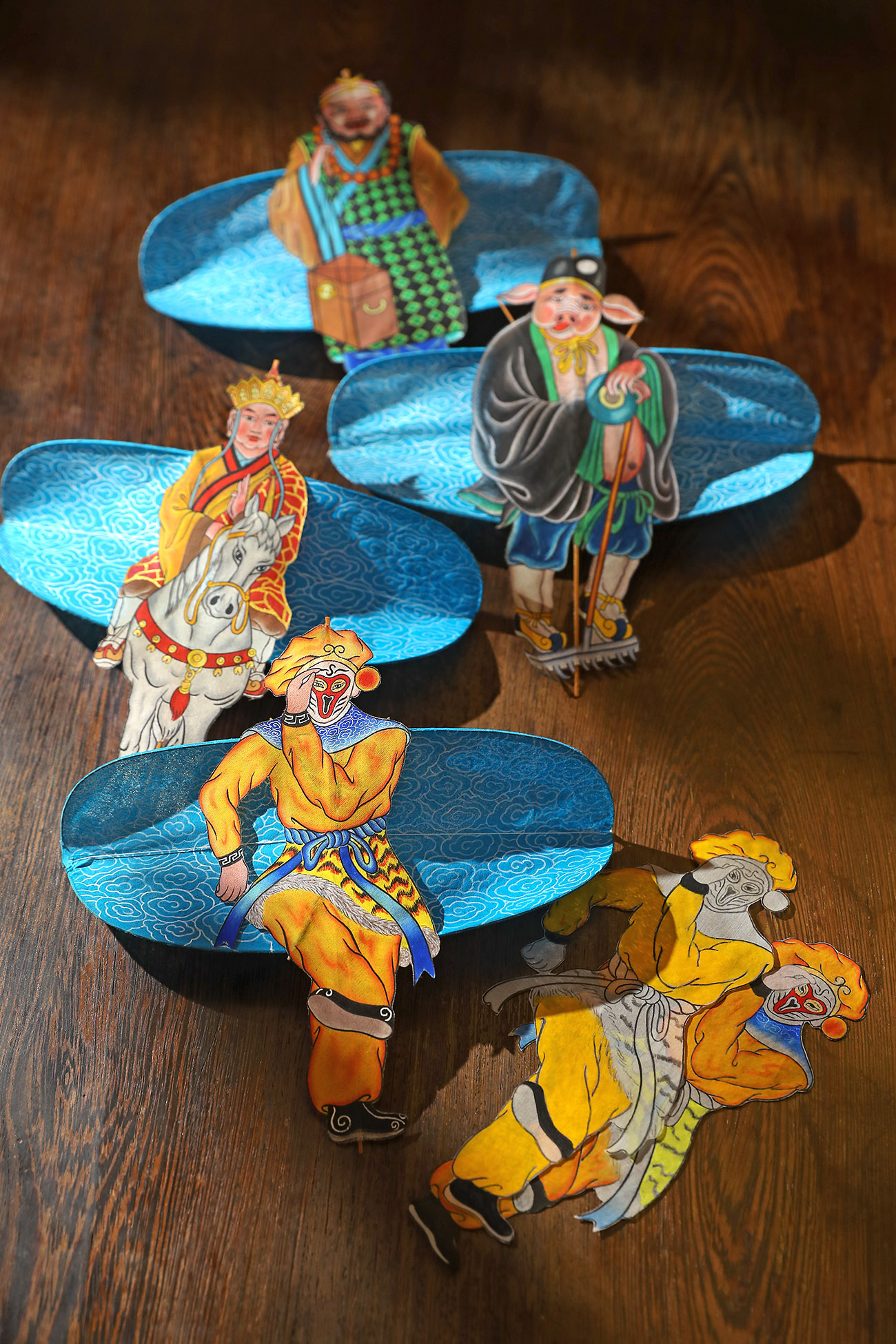
Flying into the future
Weifang, Beijing, Tianjin and Jiangsu province's Nantong are four major areas that are celebrated for distinctive kite-making techniques. They all boast their own unique features yet share the same dedication to preserving, inheriting and promoting traditional craftsmanship.
In Tianjin, there is a family known as "kite Wei", after late Qing Dynasty virtuoso artisan Wei Yuantai, who's widely known for crafting exquisite, lifelike kites. In 1915, 11 of his works were exhibited and won a gold medal at the Panama-Pacific International Exposition in San Francisco.
The Wei family's fifth generation continues to inherit and perfect the "four techniques" — crafting the frame from roasted split bamboo, pasting such materials as paper and silk onto the frame, painting images on the body and finally flying the kite.
The Wei family is proud to display their raw bamboo frameworks, which are the very basic yet fundamental structures.
"In my opinion, the main features of our kites are their intricacy and details. We exclusively use the Moso bamboo from Sichuan province, and each frame must be crafted using strips from the same bamboo," says Wei Guoqiu, 63, the fourth-generation and national-level inheritor of "kite Wei".
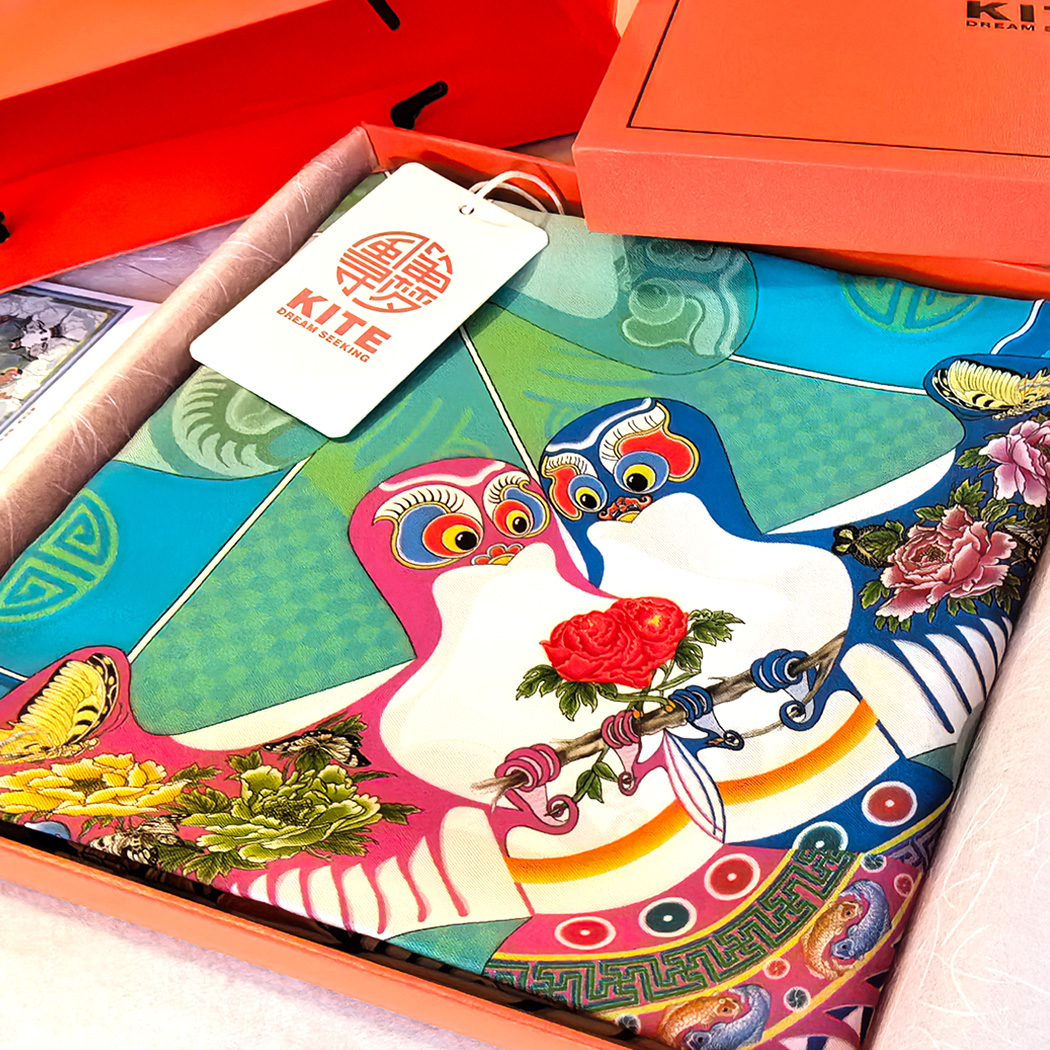
The thin bamboo strips are carefully roasted over fire and bent to intricate shapes, then joined together by sunmao (mortise-and-tenon) joints to form a three-dimensional framework that's light yet sturdy.
In addition to making kites, Wei Guoqiu also hosts lectures and workshops at schools and universities. His son, Wei Bowen, is now taking up the baton as the fifth-generation inheritor.
"We are still seeking innovations, such as changing the traditional models with more streamlined structures," Wei Guoqiu says.
"The kites may vary in size, but we strive to make the small ones vividly lifelike, and the large ones exquisite and unique."
ALSO READ: Kites rise to festive occasion
Ma says the "four techniques" are a test of people's temperament, patience and dedication. Only those passing the test can truly become an inheritor of the artisanship.
"Kite making, among other intangible cultural heritage forms' craftsmanship, tests whether the inheritors can persevere in monotonous work and continuously strive to refine their skills. It is, in essence, a process of character-building and self-cultivation," he says.
"From an item as modest as a kite, we can see Chinese people's attachment to the cultural values associated with happiness, positivity and health. This is why the thin string linking us to kites and culture has endured until today and kite flying remains a cherished part of contemporary life."
Contact the writer at chengyuezhu@chinadaily.com.cn


